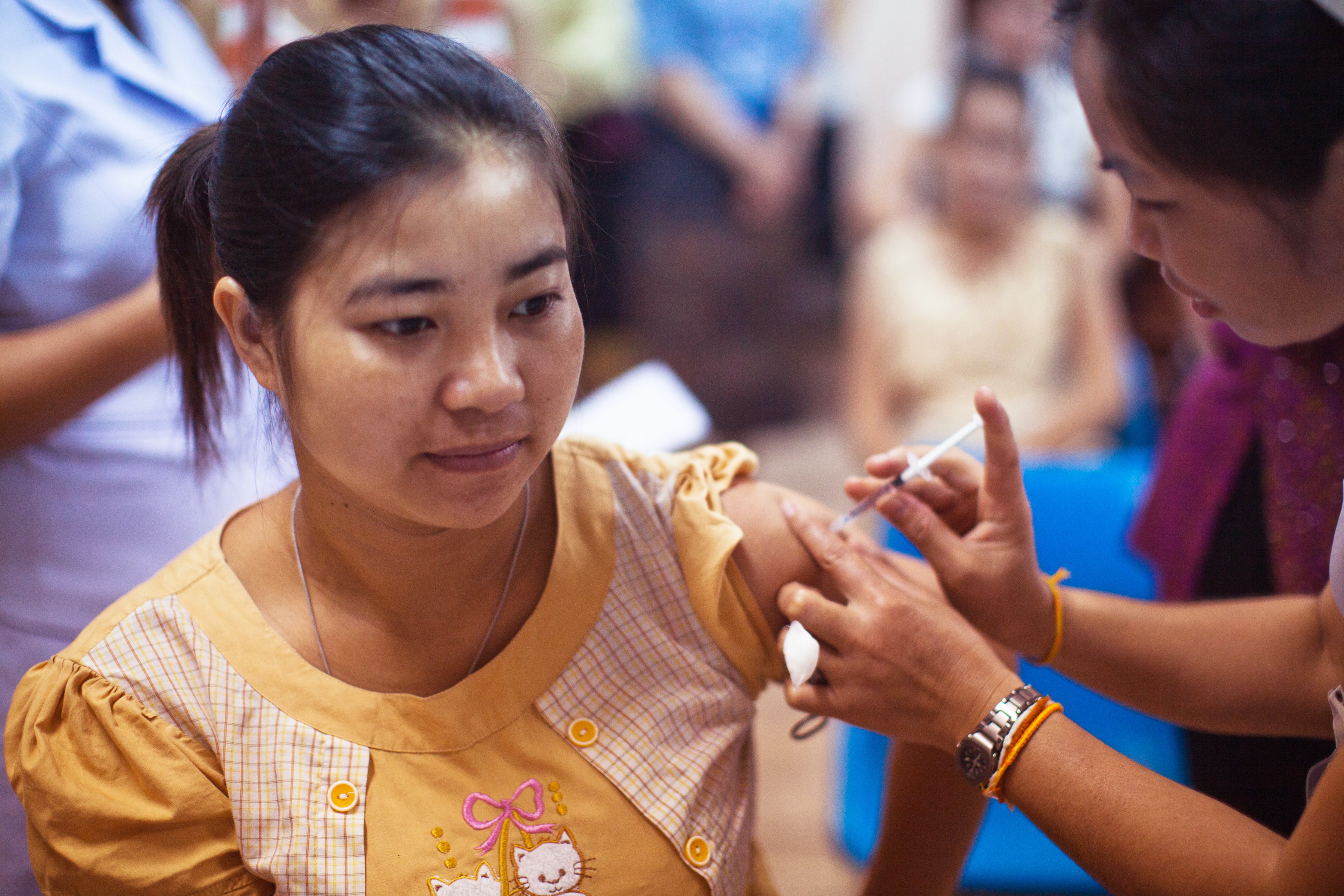World Cancer Day, on February 4, is an important observance day for all kinds of cancer. Too many women still suffer from cervical cancer, which is a highly preventable and treatable disease. Globally, cervical cancer is the fourth most common type of cancer in women and the fourth most common cause of death from cancer in women, according to the WHO. The Lancet reports that roughly 570,000 new cases and 311,000 deaths occurred worldwide in 2018, and that cervical cancer was the leading cause of cancer-related death in women in eastern, western, middle and southern Africa. China and India combined were responsible for over one-third of the global burden of this disease. In spite of developments during the last century in prevention, treatment and screening, in many low-resource countries, it remains the most common cause of cancer death in women. By contrast, in Finland (a high-resource country), it is the 19th most common cause of death in women, indicating that improvements in education and access to screening, prevention (vaccines) and treatment are vital to reducing the burden in low-resource countries. 
Most cases of cervical cancer are caused by infection with the human papillomavirus (HPV), a virus so widespread that most sexually active women and men will be infected with HPV at some point during their lifetime. There are more than 100 types of HPV, and many of these do not cause obvious disease. In fact, the vast majority of HPV infections clear up without treatment within a period of two years. However, a certain proportion caused by particular types of HPV (such as HPV 16 and 18) progress to cervical cancer if left untreated.
Screening and prevention programs (including vaccination and education) are highly effective in high-resource countries. Screening tests such as Pap smears and HPV tests can prevent cervical cancer or diagnose it at an early stage, by detecting changes in the cells of the cervix. In low and middle-income countries, access to qualified professionals and laboratories to perform these tests is often problematic, and cervical cancer is often not identified until it has reached a late stage. In addition, the treatment required (surgery, radiation, and chemotherapy) may not be available, and cultural practices and fears may prohibit physical examinations and treatment. HPV vaccine programs have been proposed as an effective and efficient way to reduce the incidence of cervical cancer in low-resource countries, as multiple studies have shown that since the introduction of the HPV vaccine in high-income countries a decade ago, the incidence of cervical cancer has dropped dramatically.
In 2020, the World Health Organization (WHO) adopted a global strategy toward eliminating cervical cancer as a public health problem, utilizing a comprehensive approach including prevention and control. This multidisciplinary approach includes community education, social mobilization, vaccination, screening, treatment and palliative care. According to the WHO, vaccinating girls aged 9-14 years (before sexual activity has begun) is the most cost-effective public health measure against cervical cancer. As stated by the WHO Fact-sheet on HPV and cervical cancer:
“The World Health Assembly adopted the global strategy to accelerate the elimination of cervical cancer as a public health problem and its associated goals and targets for the period 2020–2030 (WHA 73.2) (4). The global strategy to eliminate cervical cancer has set targets to accelerate the elimination:
- A threshold of 4 per 100,000 women/year for elimination as a public health problem.
- 90–70–90 targets that need to be met by 2030 for countries to be on the path towards cervical cancer elimination.
- 90% of girls fully vaccinated with the HPV vaccine by age 15.
- 70% of women are screened with a high-performance test by 35, and again by 45 years of age.
- 90% of women identified with cervical disease receive treatment (90% of women with pre-cancer treated; 90% of women with invasive cancer managed).”
Sources:
https://www.who.int/cancer/publications/WRC_2014/en/
https://www.thelancet.com/journals/langlo/article/PIIS2214-109X(19)30482-6/fulltext
https://www.who.int/en/news-room/fact-sheets/detail/human-papillomavirus-(hpv)-and-cervical-cancer
https://www.sciencedaily.com/releases/2017/11/171129131400.htm#
https://www.cdc.gov/std/hpv/stdfact-hpv-vaccine-young-women.htm
https://www.sciencedirect.com/science/article/pii/S0090825817307746
https://www.bmj.com/content/365/bmj.l1161
https://www.cdc.gov/cancer/cervical/basic_info/screening.htm#
Photo credit: Unsplash
